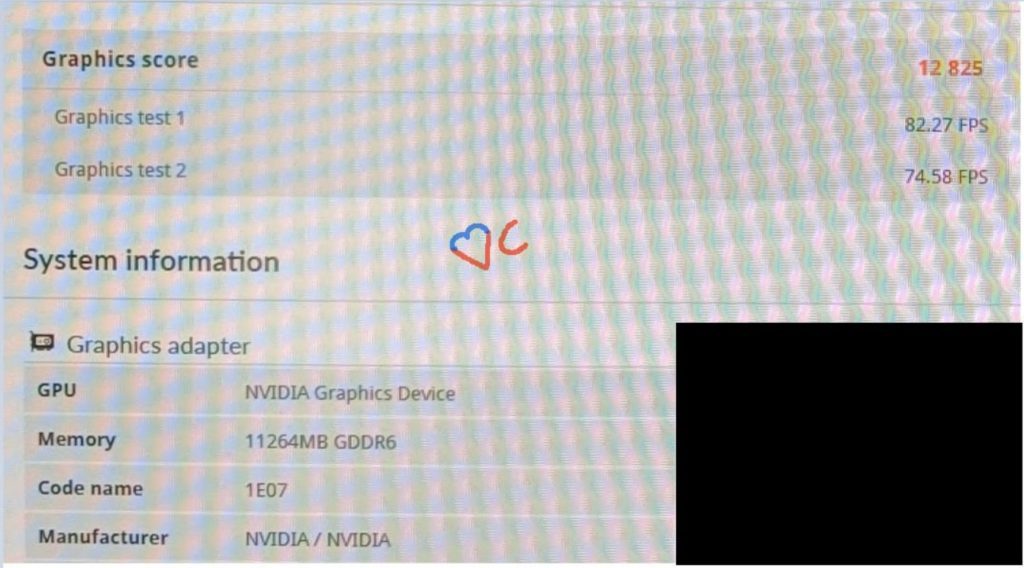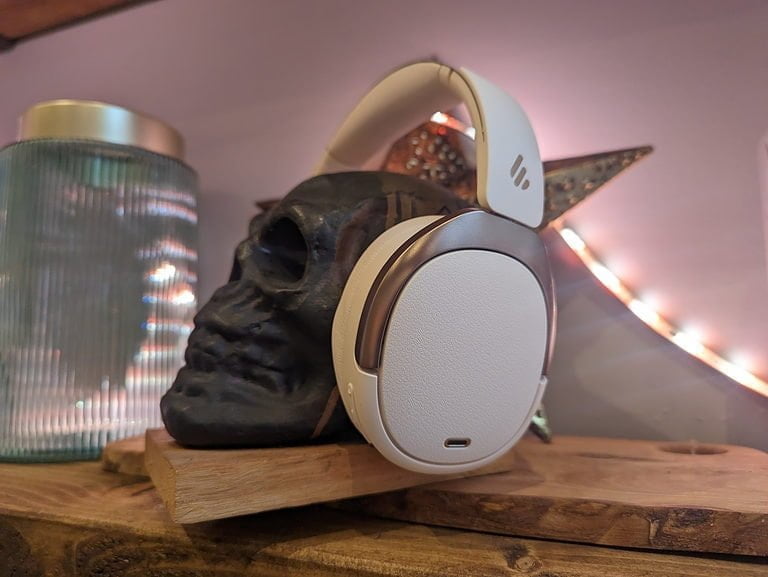Any links to online stores should be assumed to be affiliates. The company or PR agency provides all or most review samples. They have no control over my content, and I provide my honest opinion.
There has been some speculation that the new range of Nvidia GeForce RTX 2080 cards cannot perform quite as well as you would hope for a new generation of GPU. The concern was highlighted during a Tomb Raider demo at Gamescom where the ray tracing enabled game could barely manage 30 to 60 frames per second at Full HD (1920 x 1080 pixels).
Nvidia has sent early performance data out to publications stating a ~35 per cent to ~125 per cent at 3840×2160, depending on the workload. However looking at the data the 10 games samples used Deep Learning Super-Sampling. DLSS is a technology under the RTX umbrella requiring developer support. It purportedly improves image quality through a neural network trained by 64 jittered samples of a very high-quality ground truth image. This capability is accelerated by the Turing architecture’s tensor cores and not yet available to the general public.
The only way for performance to increase using DLSS is if Nvidia’s baseline was established with some form of anti-aliasing applied at 3840×2160. By turning AA off and using DLSS instead, the company achieves similar image quality but benefits greatly from hardware acceleration to improve performance.
Some early benchmarks have no been leaked via the VideoCardz Twitter account shows scored in the 3DMark TimeSpy benchmark test that put Nvidia’s new flagship showing a 35 per cent faster than its predecessor, the GTX 1080 Ti. With a little bit of overclocking is is quite easy to achieve over 10k with the 1080ti bringing the performance difference down to 28%.
The new card achieved 12,825 in TimeSpy while the 1080 Ti scored 9,500. While this number is still very impressive it is likely many fans will not be too pleased about such a small jump in performance considering the huge jump in prices we have seen this generation.
There are some caveats here though, all performance data is still under embargo so it is likely that Nvidia has not provided final drivers to reviewers and the cards may be underperforming. Some will argue that the implementation of ray tracing technology is worth the increased prices, and this is just the cost for early adopters. However, until we see widespread adoption of ray tracing in games I think it will be a hard pill to swallow for anyone looking to get a high-end card this year.
I am James, a UK-based tech enthusiast and the Editor and Owner of Mighty Gadget, which I’ve proudly run since 2007. Passionate about all things technology, my expertise spans from computers and networking to mobile, wearables, and smart home devices.
As a fitness fanatic who loves running and cycling, I also have a keen interest in fitness-related technology, and I take every opportunity to cover this niche on my blog. My diverse interests allow me to bring a unique perspective to tech blogging, merging lifestyle, fitness, and the latest tech trends.
In my academic pursuits, I earned a BSc in Information Systems Design from UCLAN, before advancing my learning with a Master’s Degree in Computing. This advanced study also included Cisco CCNA accreditation, further demonstrating my commitment to understanding and staying ahead of the technology curve.
I’m proud to share that Vuelio has consistently ranked Mighty Gadget as one of the top technology blogs in the UK. With my dedication to technology and drive to share my insights, I aim to continue providing my readers with engaging and informative content.








